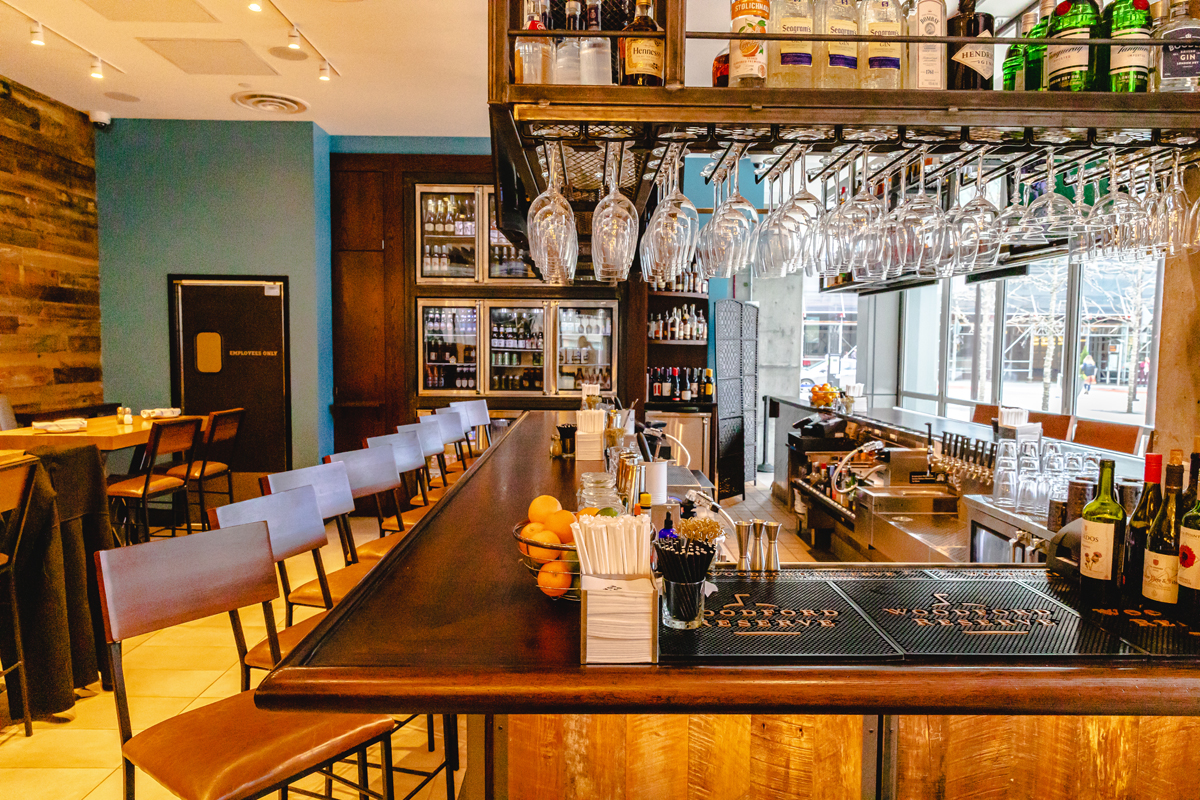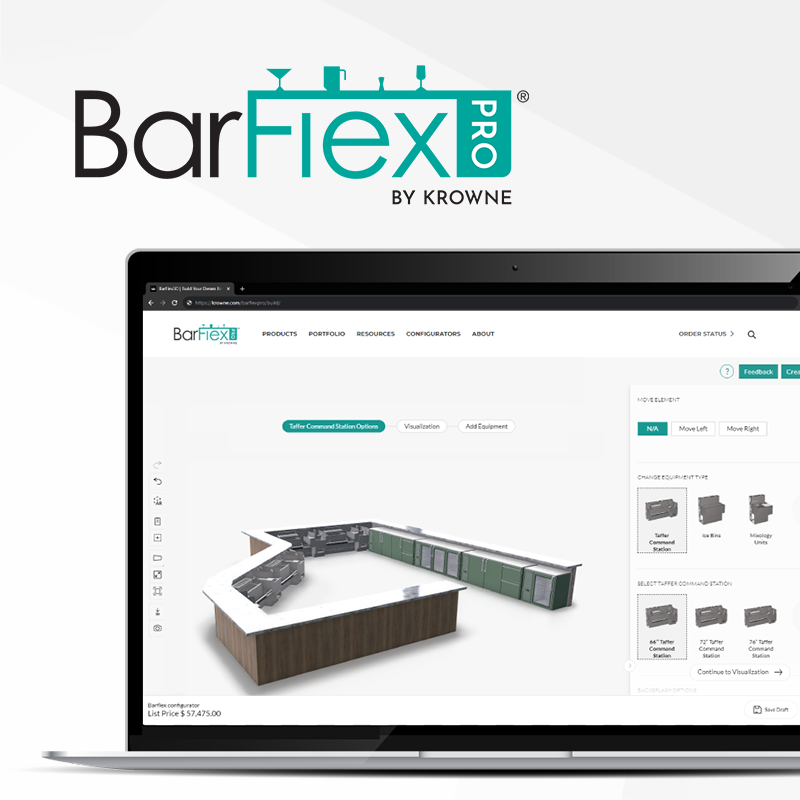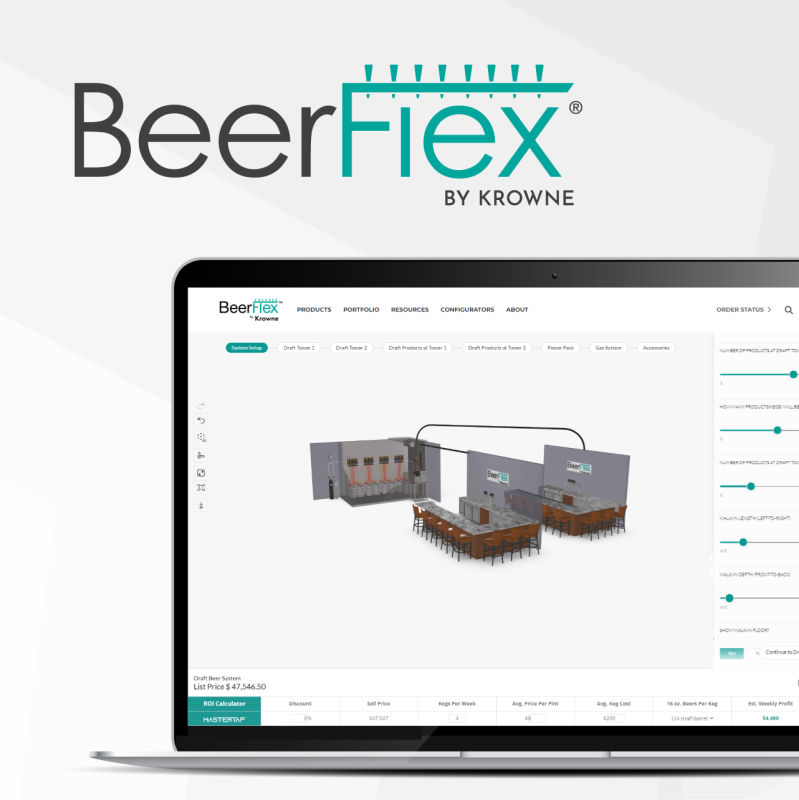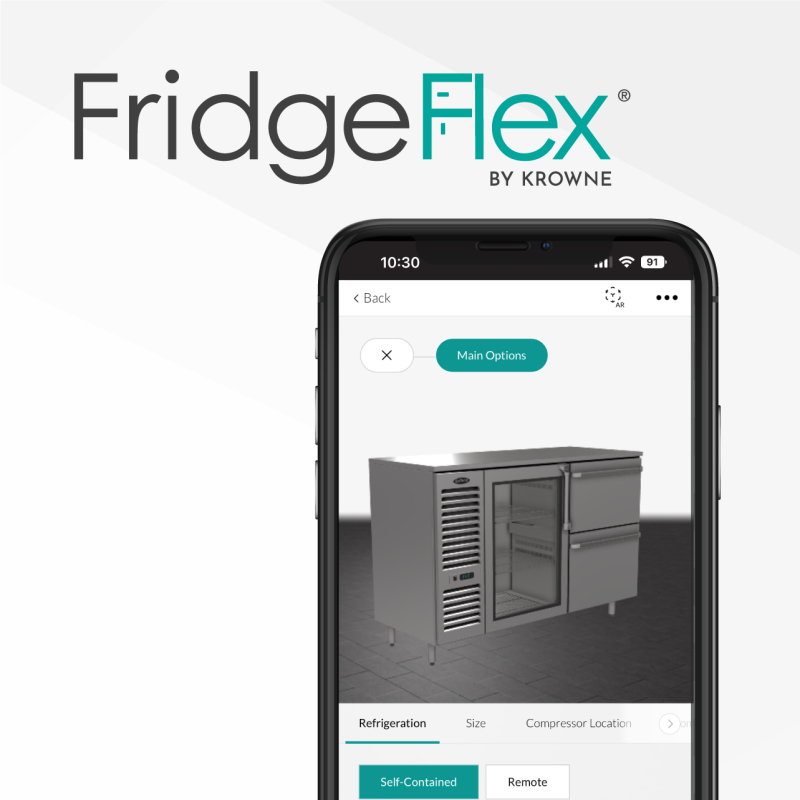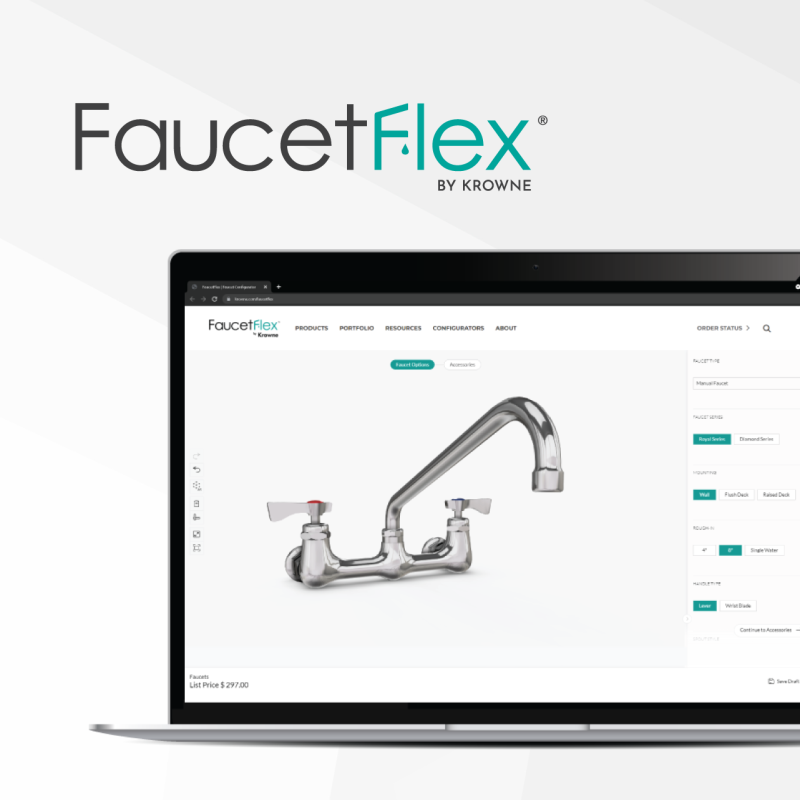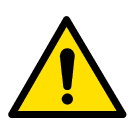10 Things You Need to Know Before Building a Bar
June 27, 2022 | Foodservice
There are many factors that go into building and designing a bar. Before you begin, here are some questions that you should think about to help make your process smooth and efficient.
1. What is your equipment budget?
The cost of building a bar can range substantially depending on the size, shape, equipment style, custom units, refrigeration, and other accessories. It is important to first set a budget as this will dictate many things throughout the design process of your new bar. Depending on these factors the cost of a bar can range anywhere from $25,000 on a small standard bar to upwards of $80,000 on a fully custom bar with a complete long draw glycol beer system. A fully customized bar may come with a higher initial price tag, however a zero-step design with maximum efficiency can substantially accelerate the return on investment. A more efficient and properly laid out bar allows bartenders to serve more drinks per hour, while preparing high end craft cocktails that often have increased profitability.
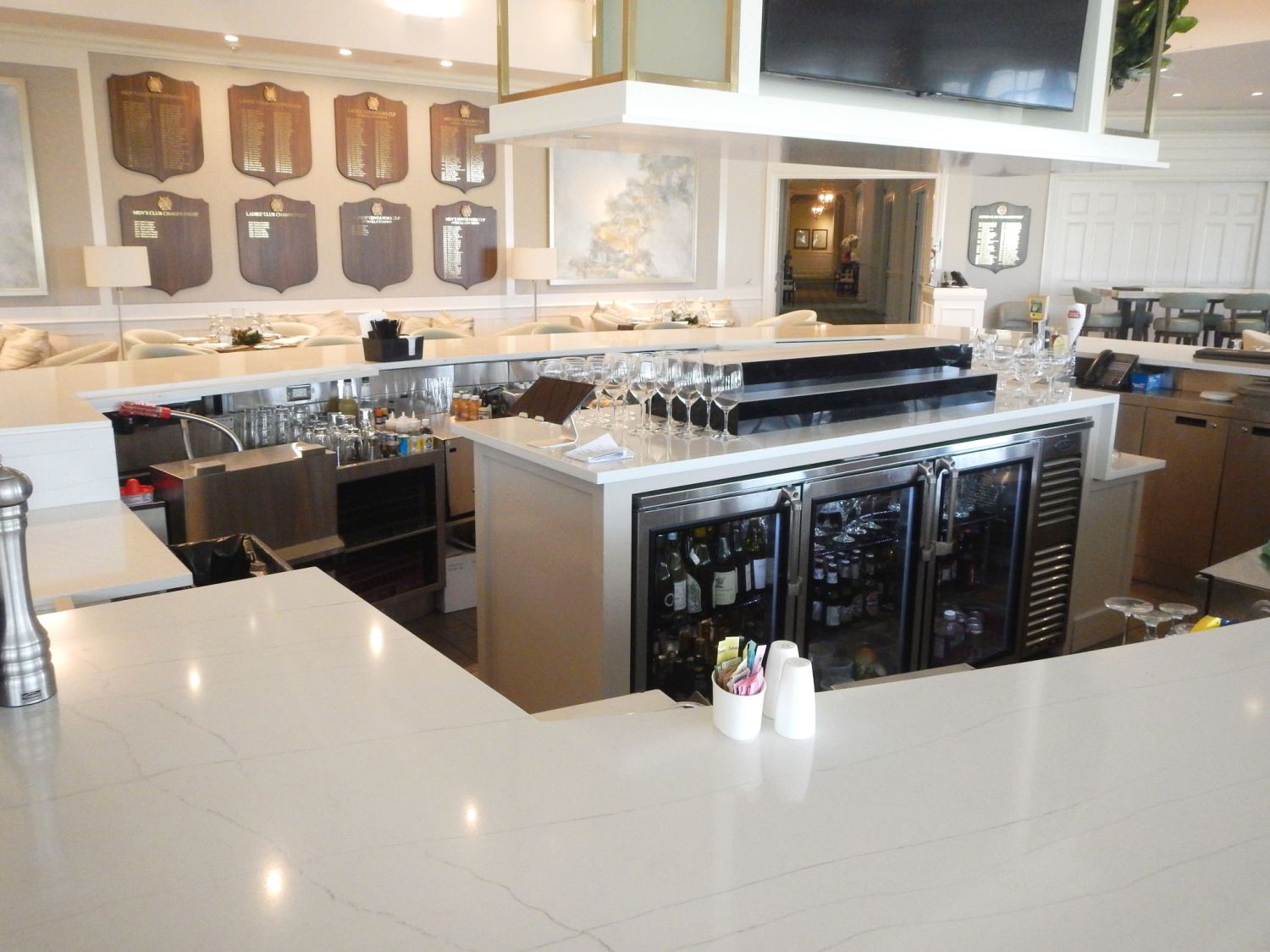
2. Design and Planning
Yes, the design of the bar is the major key to success. However, prior to ordering the equipment, knowing where all the other components are such as: the walk-in cooler, the floor drains, the soda system, etc. play a major role in deciding where the bar equipment will be placed. If you need help designing, talk to our wonderful design team at quotes@krowne.com to figure out where to start.
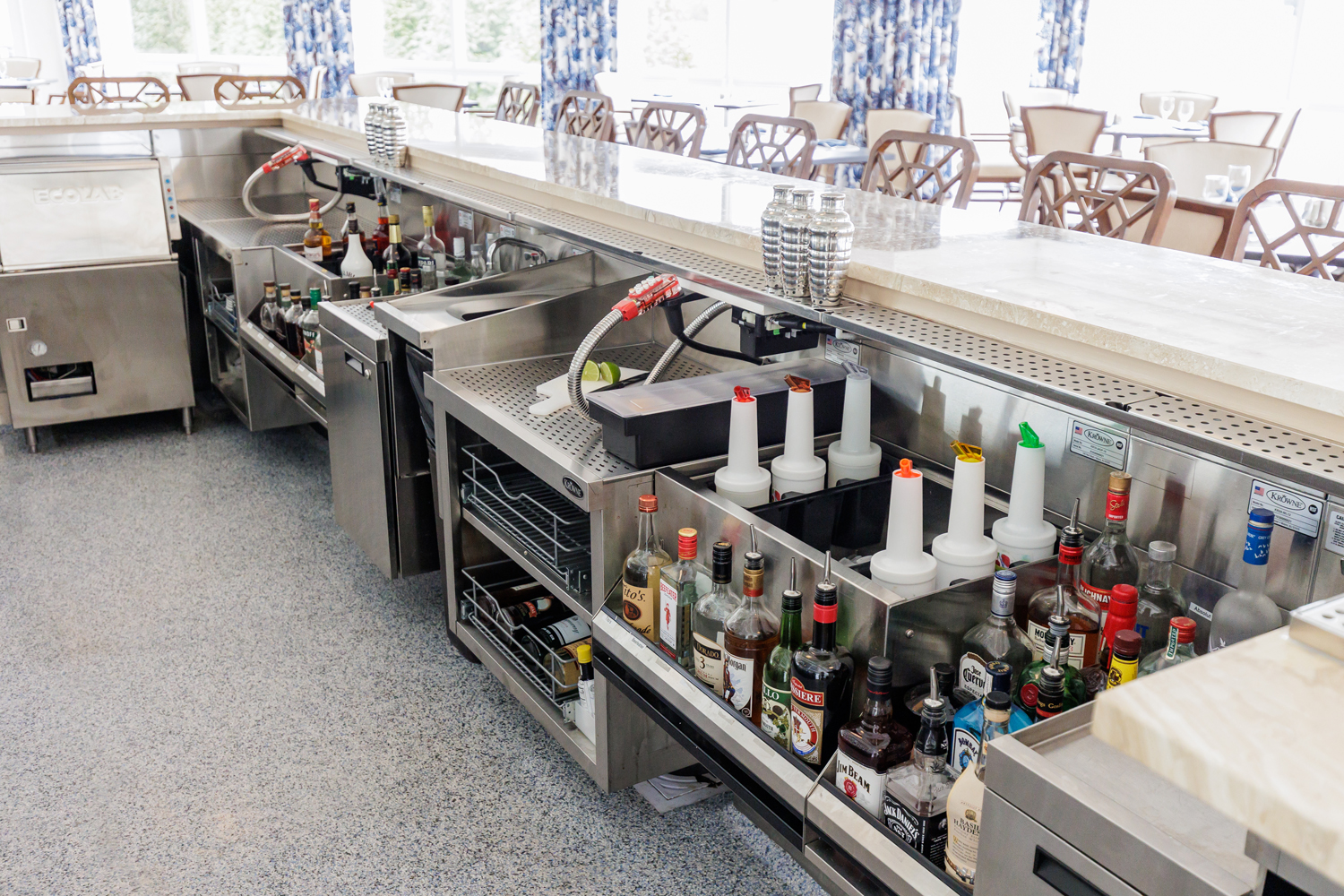
3. The Bar Wall – Wood or Steel? Legs or Modular Bar Die?
When it comes to designing your bar, the first thing that must be decided is: are you keeping the existing bar wall or are you going to renovate and start from scratch? If you are keeping the existing wall, then your equipment will be ordered on legs. If you are renovating and starting from scratch, then you have two options-
1) Build a new wall out of wood studs – The challenge with wood studs is every stud needs to be drilled out to allow for all the utilities, beer system and soda system. This not only weakens the structure, it becomes more time consuming for the install. The other challenge with wood studs is water and liquids. Because there is a constant pouring of liquids and cleaning – those liquids eventually infiltrate the wood studs causing deterioration and rot.
2) The other option is Modular Bar Die – It is constructed of heavy gauge galvanized steel to resist all environmental challenges. In addition, all the studs are pre-drilled for all utilities, beer system and soda system. The equipment comes pre-attached to the wall, making the installation a breeze. The other benefit is there are no legs on the bartender side. Because it is built on a base that contains two panels – an upper panel which is removeable and allows access to the equipment if ever need be, and a lower panel which is fixed allowing you to seal your floor to the ground. The lower panel keeps trash and debris from going under the equipment and keeping the bartender side cleaner. Want an in depth look at Modular Bar Die? At Krowne, we’ve got you covered. Visit HERE for more information.
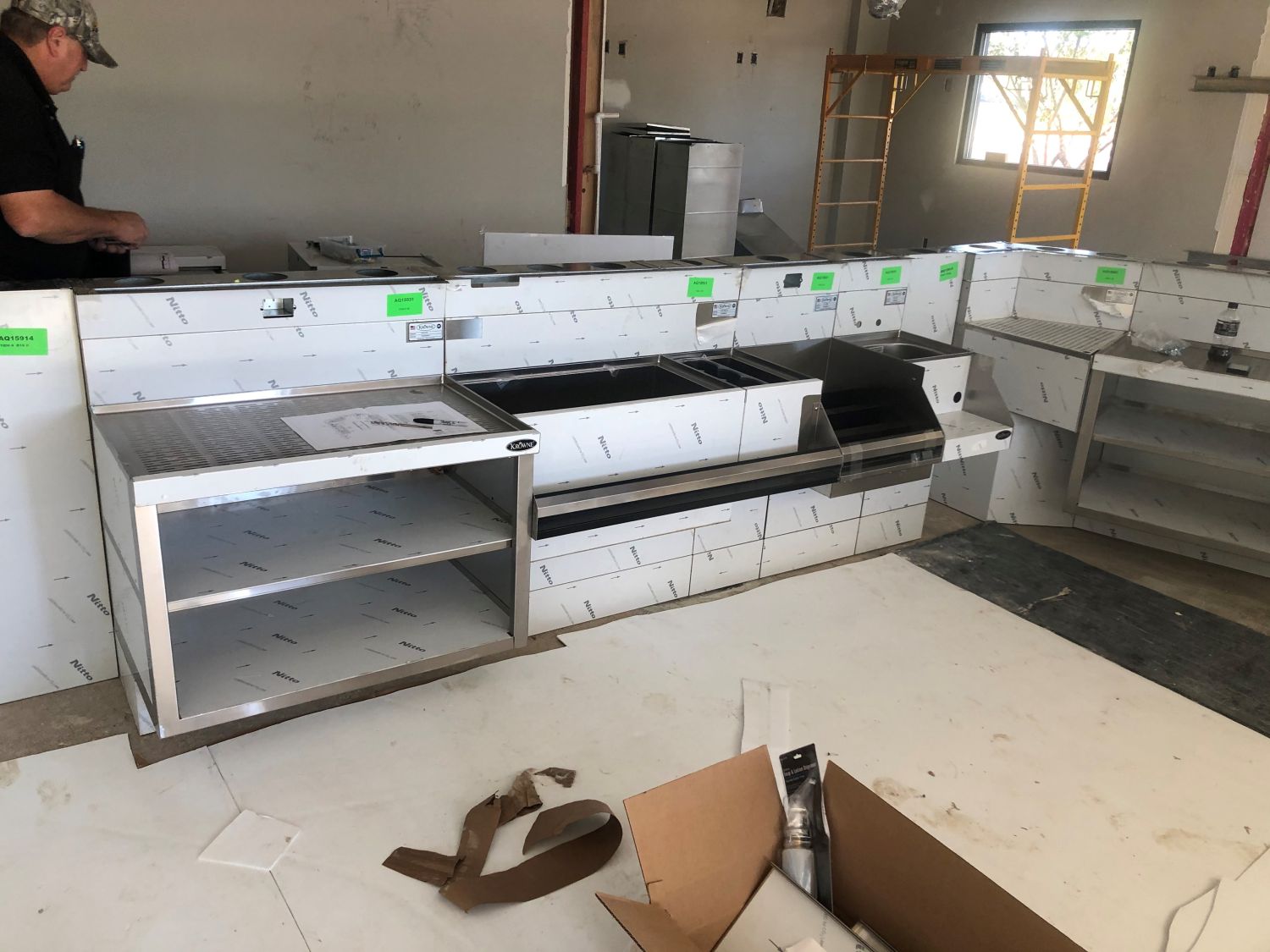
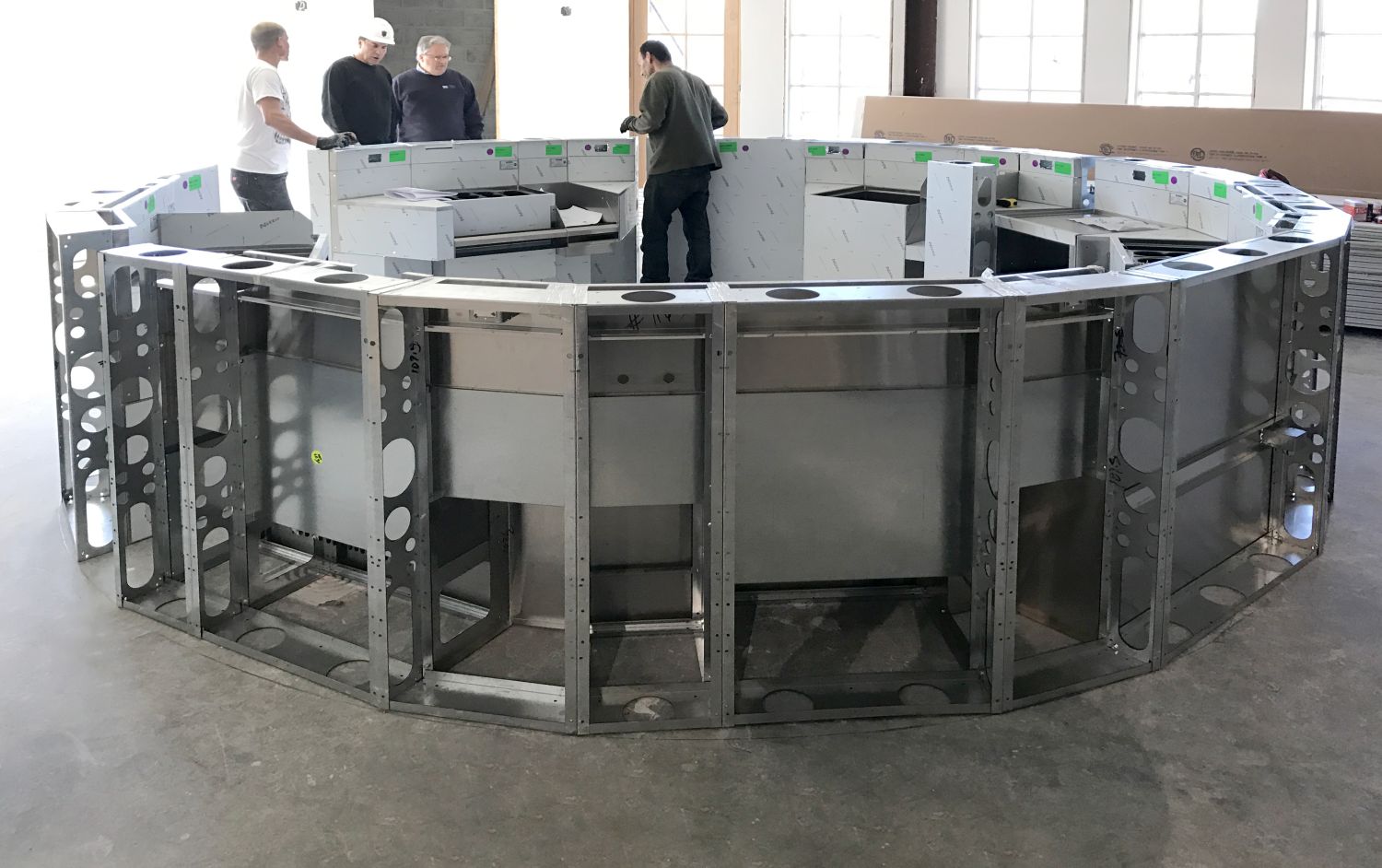
4. What type of a bar will it be?
Now that you have decided on the structure and your budget, the next decision will be what type of bar is it going to be? Craft cocktail heavy, sports bar, wine bar or maybe a traditional bar to name a few. This will dictate the type of equipment that is needed to create the drinks for your menu. Does your workstation need a blender? Are you doing frozen drinks? Are you doing more craft cocktails and will need more elixir stations, CO2 units and glass rinsers? All that needs to be decided on to create the bar. Visit Krowne’s configurator Barflex3D HERE for pre-configured workstations as a sample.
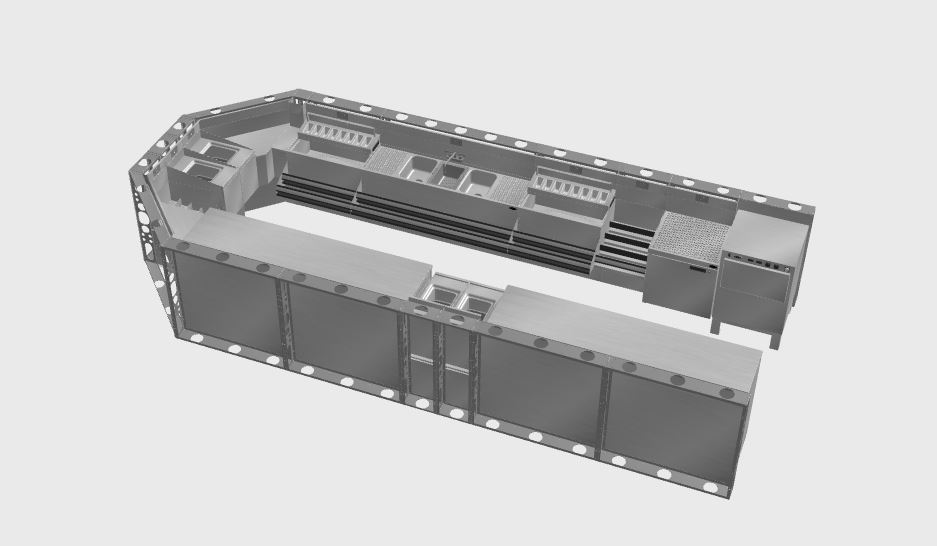
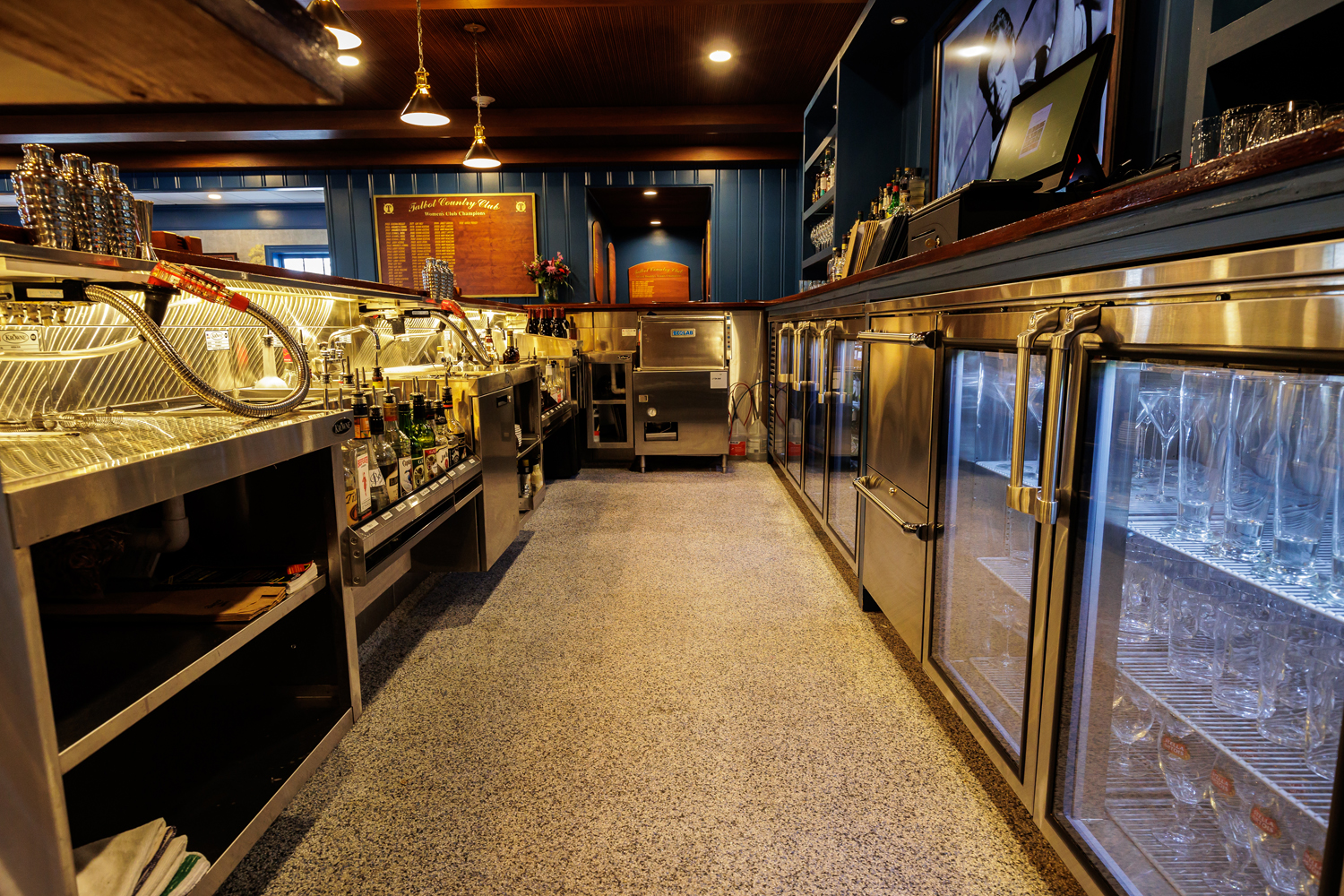
5. How many bartenders will be working simultaneously in the bar?
Designing and building a bar as efficiently as possible is critical for the success of that bar. Having the bartenders take as few steps as possible to create a drink improves efficiency and profitability. It also allows for a higher level of customer/bartender interactions which improves the experience for patrons and often results in better tips for bartenders.

6. Size and shape of the bar
An eclectic design looks and sounds great on paper. However, it is important to know that custom angle fillers often increase the overall cost of the bar substantially. It is best to understand your budget before deciding how custom you want to go with the size and shape of your bar. Keep in mind that while Krowne offers a multitude of custom angle solutions that have actual functionality, many other manufacturers often only offer standard angle fillers which can substantially reduce the efficiency of your bar. It is very important when designing your bar, that the size and shape will not impede your menu and efficiency. You always want to maximize space. Save space with your hand and dump sink with Krowne’s new hybrid speed sink. For more information visit HERE
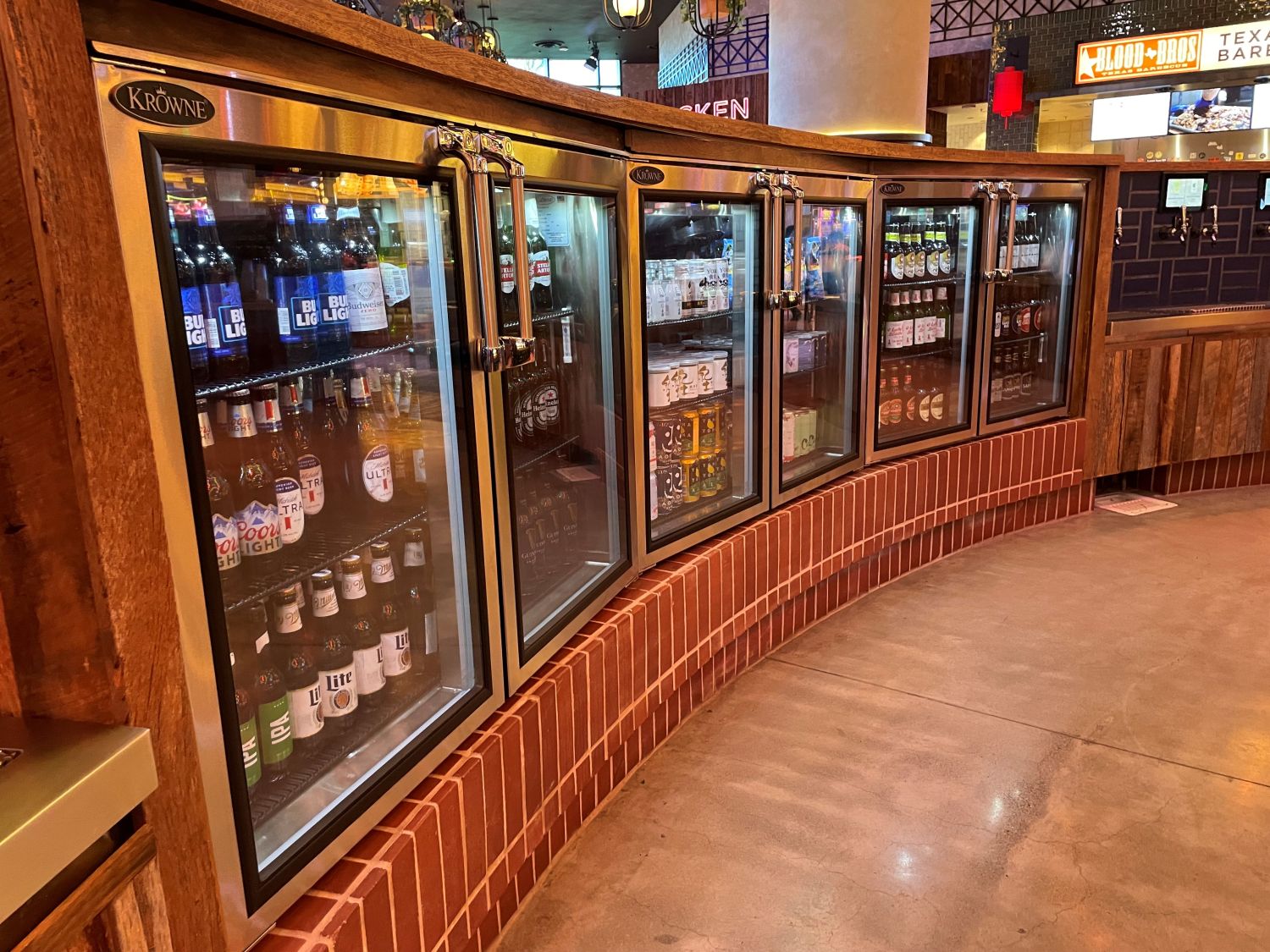
7. When do you plan to open the bar?
Lead times on equipment can vary, so it is very important to plan and order the equipment in a timely manner. Take this into account during the planning stages for your bar equipment, so your equipment will be ready in enough time to be installed and ready for your opening. The best way to do this is to reach out to a local foodservice equipment dealer to get current lead times on all equipment. They will also help you kick off the design process and get you set up with their preferred equipment manufacturers.
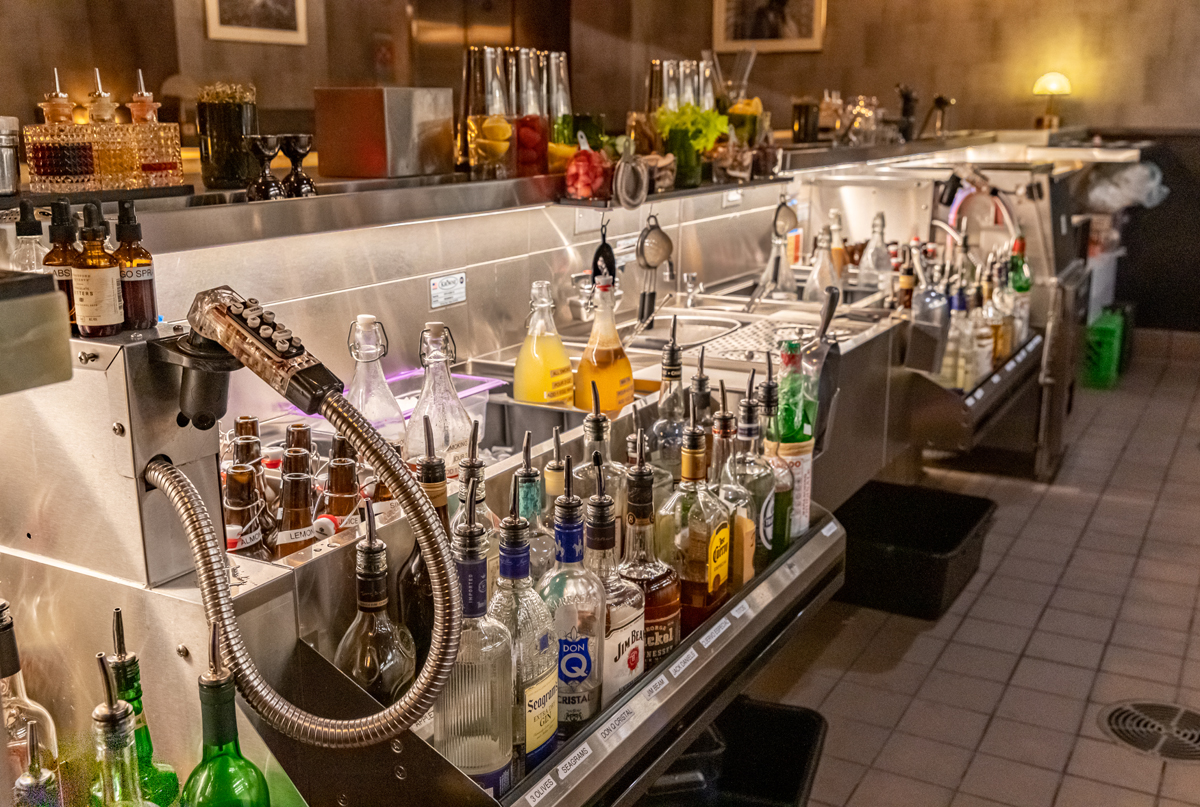
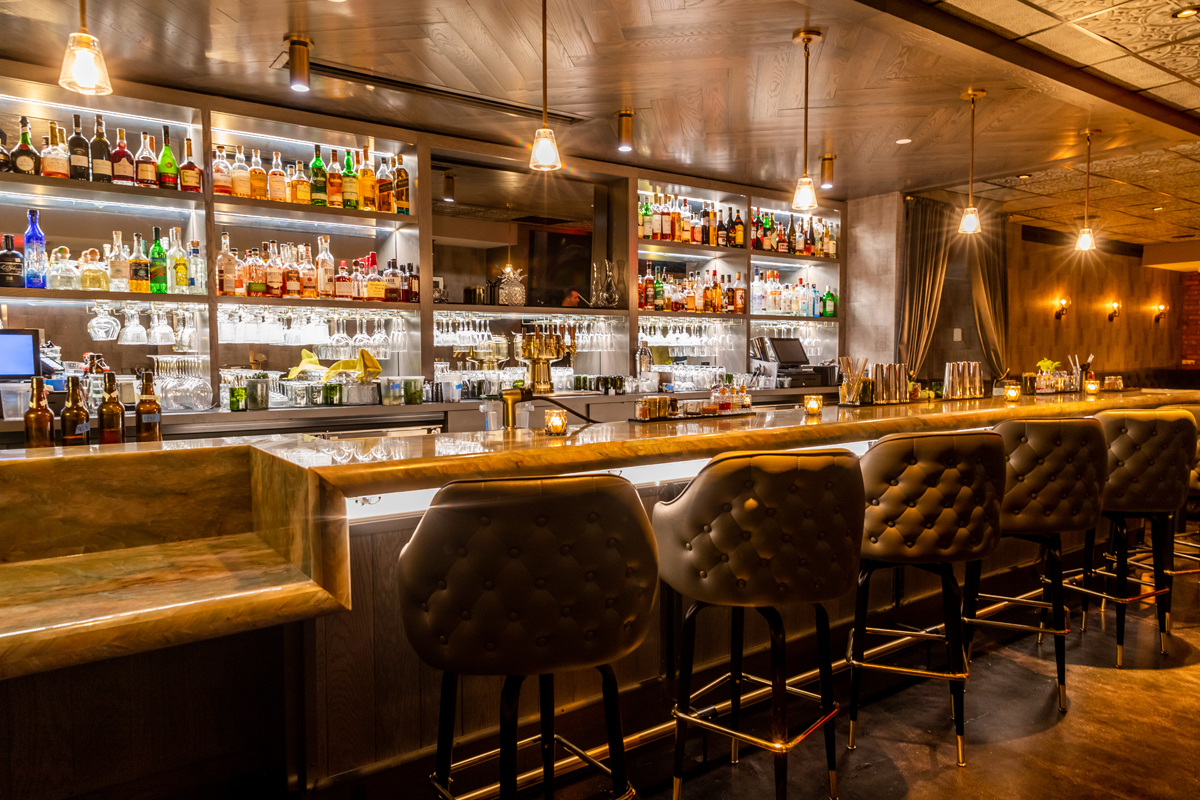
8. Do you intend to serve beer on tap?
If you intend to serve beer on tap, there are two ways to accomplish this. For a lower volume application, a direct draw refrigerator is suitable. The kegs are stored in the cooler with the taps right above. For high volume application, a long draw glycol beer system is the ideal choice. This gives you greater flexibility on the number of taps faucets and products you can serve. Need more information on beer systems? Our new beer systems pamphlet has all the details you need!
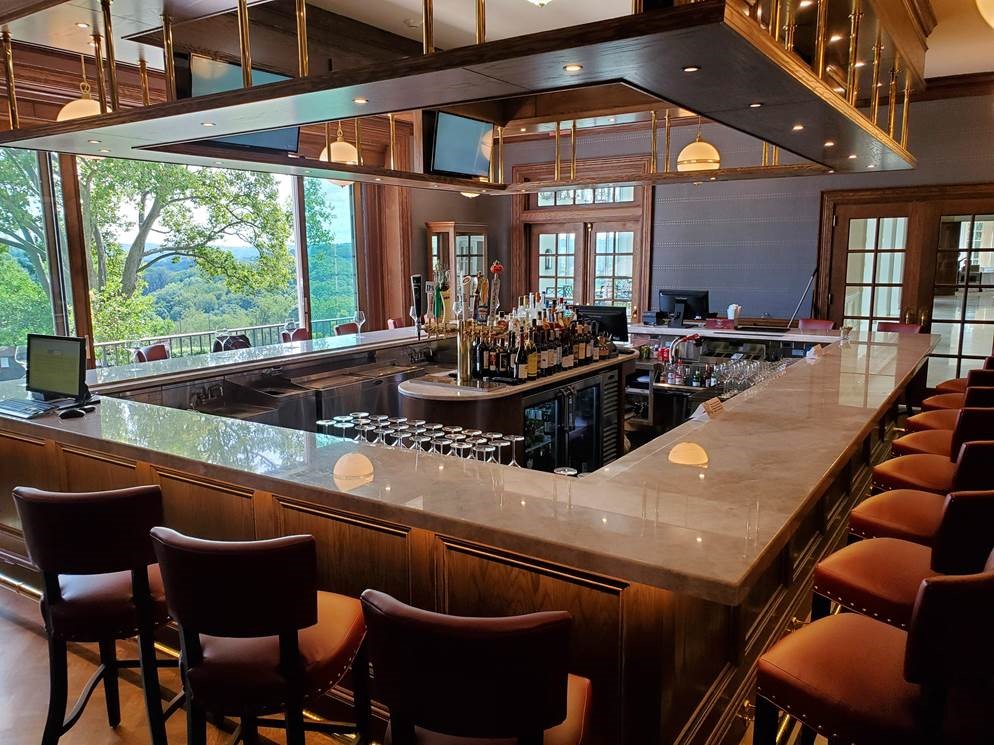
9. Location!
Where you choose to open your bar plays a big part on your menu and the type of bar it will be. Is it going to be a seasonal area? Is it going to be in a city or maybe the suburbs? Identifying the area is crucial to a successful bar. Once your location and cocktail program are created, we can then run with this information to design a tailored design perfect for your application. We also have a full team of World Class Bar Ambassadors that are experts in this field. If interested, check out our page on them HERE and you can request free consulting time today!

10. Is your equipment up to code?
In some cases, restaurant owners try and use bar equipment from a previous location. It is very important to make sure that older equipment is up to code. For instance, does your current ice bin have a “Built in cold plate” for your soda system? Unlike many years ago, cold plates are unable to be added to an existing ice bin. They must be built into the unit during manufacturing for health code reasons. When designing your bar, do the local codes require a three-compartment sink for cleaning glasses even though you have a mechanical washer? Check with your local health inspector and follow all local and state compliances.
Designing your bar can be a daunting task, but with the help of these questions we hope it makes the process smoother. Between our World Class Bar Ambassador Team, our unique configurator solutions, and our in-house design team, we are here to help you bring your dream bar to life!
